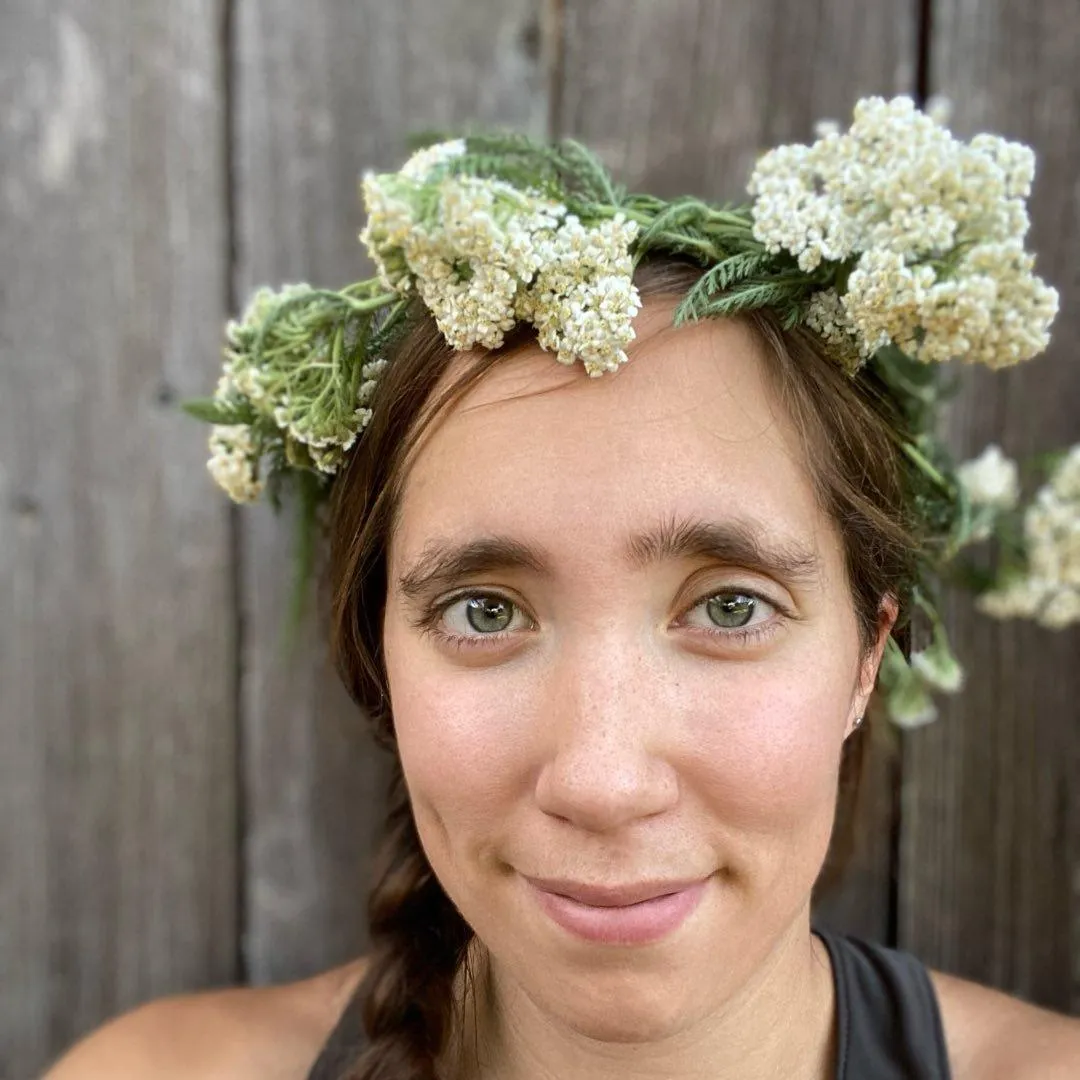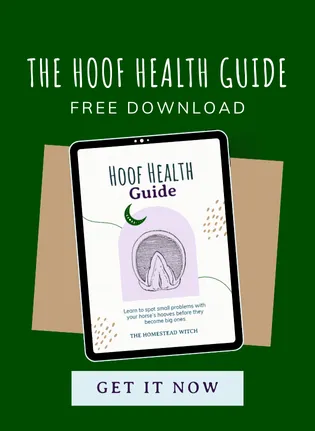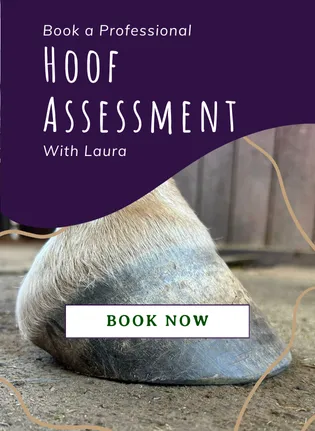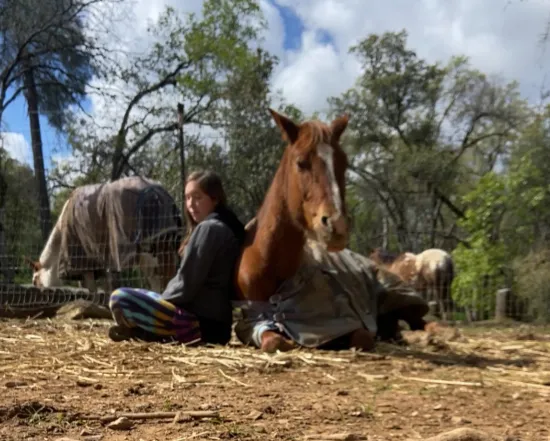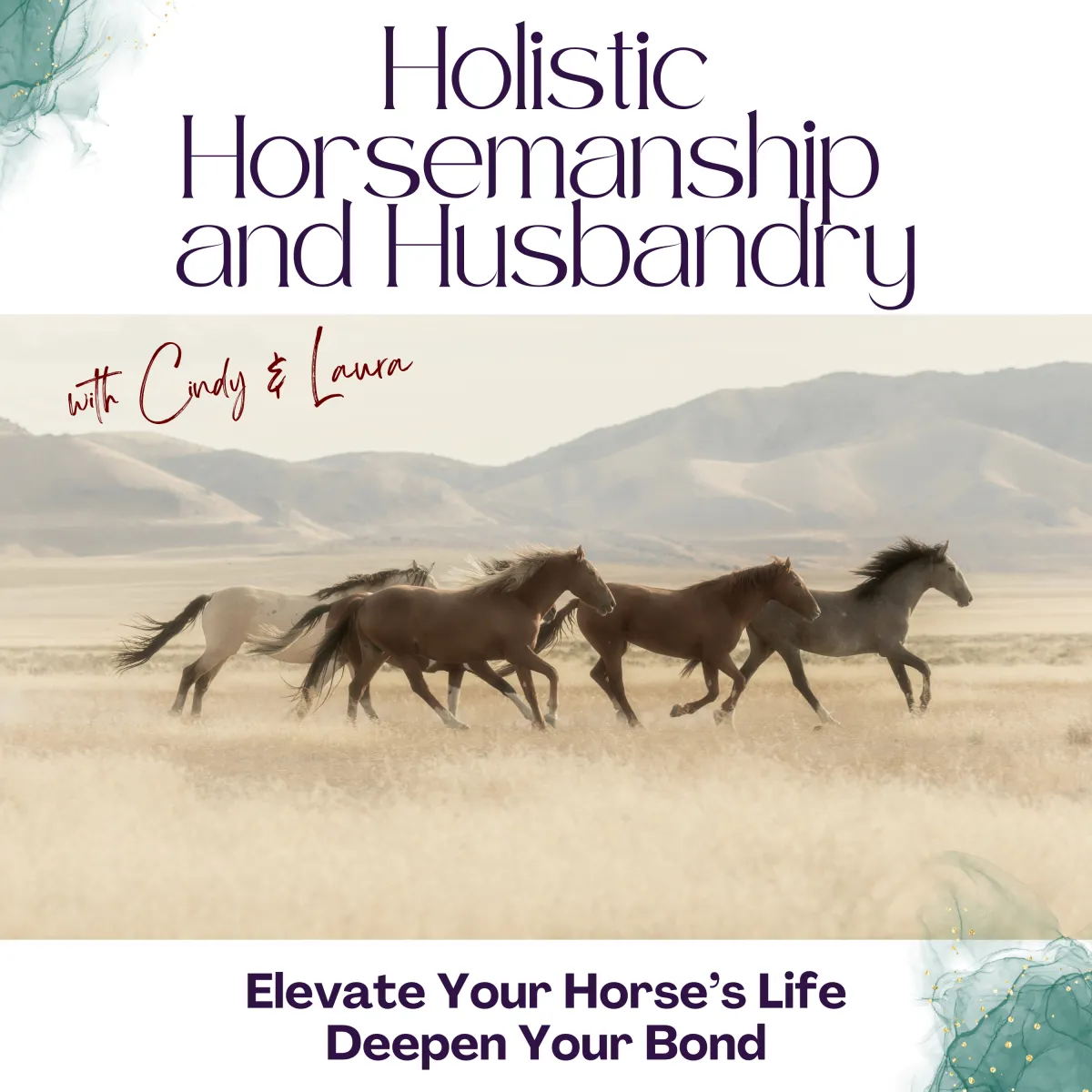How to Tell a Good Hoof Trim from a Bad One
How to Tell a Good Hoof Trim from a Bad One
Pick up the hooves of 10 horses, and you’ll likely see 10 completely different trims. That’s because the hoof care industry runs on guesswork. Most professionals trim based on what they want a hoof to look like. The industry lacks evidence-based guidelines for pros to follow.
The result?
Endless arguments about what’s “correct,” widespread inconsistency, and far too many horses struggling with avoidable hoof pain.
My frustration over this issue has led me to become part of the change. I’m part of a global group of barefoot specialists who are working to standardize hoof care.
Instead of chasing an ideal aesthetic, we’re following the hoof’s natural landmarks.

While every hoof is different in conformation, those landmarks provide a reliable blueprint for creating strong, healthy, and functional feet every time. In this post, I’ll walk you through what that standardized trim looks like.
You might be here because you’re considering having me trim your horse, or maybe you’re starting to question whether your current farrier or trimmer is doing right by your horse.
Whatever brought you here, I’m glad we’re connected. My hope is that this information helps you better understand what a well-trimmed hoof should look like, so you can advocate for your horse with clarity and confidence.
One note before we dive in: the trim outlined here applies when the coffin bone is in the correct position within the hoof capsule. If rotation has occurred, the approach is different. I’ll be writing a separate post about that soon.
Guided by the Mustang
The trim my colleagues and I use is modeled after the wild mustang hoof. Why? Because wild horses simply don’t suffer from the same hoof issues that plague our domestic horses.
You don’t see them limping around with abscesses, laminitis, navicular, white line disease, ringbone, sidebone, or thrush. These problems have become so common in the domestic horse world that many people blame genetics.
But that’s a myth.
Most wild herds in the U.S. have absorbed feral domestic horses over time, meaning their genetics are far from “pure.” And yet—feral horses grow the same strong, resilient hooves as their wild-born herd mates. This tells us that unhealthy hooves are not a genetic problem. They’re a management problem.
The way we house, feed, and trim our horses is causing much of the dysfunction we’ve been taught to accept as “normal.” It’s not. And it’s time we stop settling for it.
Below is a photo of a mustang cadaver hoof. This is what a healthy hoof looks like—ideally, still attached to a live horse.

Before the Trim - Photoshoot Time
I take detailed records of every hoof I trim. That includes before-and-after photos, videos of movement, and measurements. You can see an example of a set of before photos below.
Why does this matter? Having a history of your horse’s feet allows us to track subtle changes over time and catch small problems before they turn into big ones. If your horse ever comes up lame, we can look back at the records and determine whether it’s likely hoof-related or something else.
Think of it like medical records for your horse’s feet. If I’m not your trimmer, you can still take these records for your horse yourself. I highly recommend doing so!
Step 1 - Exposing The Hard Sole Plane
The first step in the trim is exposing your horse’s healthy, live sole, called the hard sole plane.
This is the part of the hoof that protects the coffin bone (P3). It mirrors the shape and concavity of P3, which varies from horse to horse depending on their conformation. In the wild, horses wear their hooves down naturally to this point. My job is to finish what nature would do, had your horse been moving over thousands of acres of varied terrain.
Once the hard sole plane is visible, I remove any shedding frog and reduce the bars to the level of the live sole. This part is crucial: your horse should not be weight-bearing on their bars. When they are, it causes a lot of discomfort.
Please note: I don’t carve in false concavity. I don’t hollow out the sole or "pretty it up" to fit an ideal image. That’s painful and unnecessary. Instead, I remove only the dead, compacted material that builds up over time—material that traps bacteria and contributes to abscesses and chronic thrush.
By exposing the true live sole, I’m helping your horse reconnect with the ground beneath them. This is an essential part of how they sense, balance, and move through the world.
I may not be able to reach the hard sole plane on the first trim—and that’s okay. That becomes our goal, and once we get there, maintenance becomes much easier.
How quickly we get to the hard sole plane depends on:
How well your horse stands
How much compacted sole has built up
The current health of the hooves
Recent moisture conditions (wet vs. dry footing)
Your horse’s diet and living conditions
How much dead material is present
Each horse is different, but the goal is always the same: to uncover healthy structure and give your horse the best possible foundation.
Step 2 - Trimming the Hoof Wall
Once I’ve established the hard sole plane, the next step is bringing the hoof wall level with it—from heel to heel.
When the hoof wall is even with the hard sole plane, you get a hoof that perfectly supports the coffin bone in an ideal position for that individual horse. It’s not about forcing a “correct” toe angle —it’s about following what the hoof itself is telling us it needs.
You might’ve noticed that the heels on these hooves are low. So low it makes traditional vets and farriers clutch their pearls a bit. That’s because they’ve been taught—incorrectly—that low heels automatically cause a Negative Palmar Angle (NPA), which puts strain on the Deep Digital Flexor Tendon.
But here’s the truth: X-rays have proven that there is no risk of NPA unless the heels are lowered below the hard sole plane.
That’s a line I don’t cross.
As long as I respect the hard sole plane the heels can and should come back to their natural position. If they don’t, they begin to underrun, which leads to crushed heels, decaying digital cushion, and long-term structural problems that take months to fix.
A correctly trimmed hoof wall respects the hoof’s anatomy and gives the horse a sturdy foundation to stand on.
Step 3 - Balancing the Foot
Now that the hoof wall is trimmed, I grab my rasp and balance the foot. This step is all about ensuring your horse is distributing their weight evenly. Uneven weight bearing sets the stage for a host of long-term issues.
An unbalanced hoof creates uneven pressure across the limb and puts your horse at risk for things like stretched laminae, ringbone, sidebone, navicular, and strain on the muscles and tendons higher up the leg. Balance is foundational for your horse’s health.
A correctly balanced hoof has even heels and an aligned toe, which sets the horse up for a flat, stable landing.
And if you’re thinking, “Wait, shouldn’t my horse land heel first?”—I invite you to check out [this post coming ASAP] where I explain why that’s not correct.
When I balance your horse’s foot, I always start at the heels. Are they even from left to right? If not, I’ll use my rasp to correct that first. Once the heels are set, I balance the toe to the heel, ensuring everything lines up and supports proper movement.
See in the center image above how, when looking straight down the hoof, the heels are even and the toe is just barely visible? That’s what a correctly balanced hoof looks like.
Step 4 - Making it Pretty
It’s time for the finishing touch: the bevel, also known as the mustang roll.
This is where I shape the outer hoof wall at a 45-degree angle. The goal? To leave your horse weight-bearing on their waterline. That’s the intersection of the inner and outer hoof wall. This is nature’s horseshoe, exactly where the hoof was designed to carry weight.
The waterline is the strongest part of the hoof. When the hoof is balanced and weight is placed correctly here, it keeps the coffin bone (P3) parallel to the ground—right where it belongs.
Things can go wrong when a hoof is over-beveled.
Many hoof care providers overdo the bevel in an attempt to prevent superficial chips - caused by dry weather or poor nutrition. Taking the roll too far causes the horse to stand with weight on their sole instead of their waterline. That puts direct pressure on P3, which can cause pain and bone degeneration long-term.
This step seems simple, but it must be done correctly to keep your horse healthy and comfortable.
Final Checks
And that’s the full process. A proper barefoot trim that follows the natural structure of the hoof.
Once I’ve finished trimming, I’ll take another round of photos, update my measurements, and record a final slow-motion video to see if there have been any changes in your horse’s movement.
When I get home, I upload everything into your horse’s file. I compare the new records to the last visit, track any ongoing concerns, and critique my work so I can keep improving. Every trim builds on the last one—that’s how we make real progress.
If you're ready to set your horse up for a sound, healthy barefoot future, this is the path. I’d be honored to support you and your horse on the journey.
Outside my service area? I offer online consultations too; you can check them out here.
